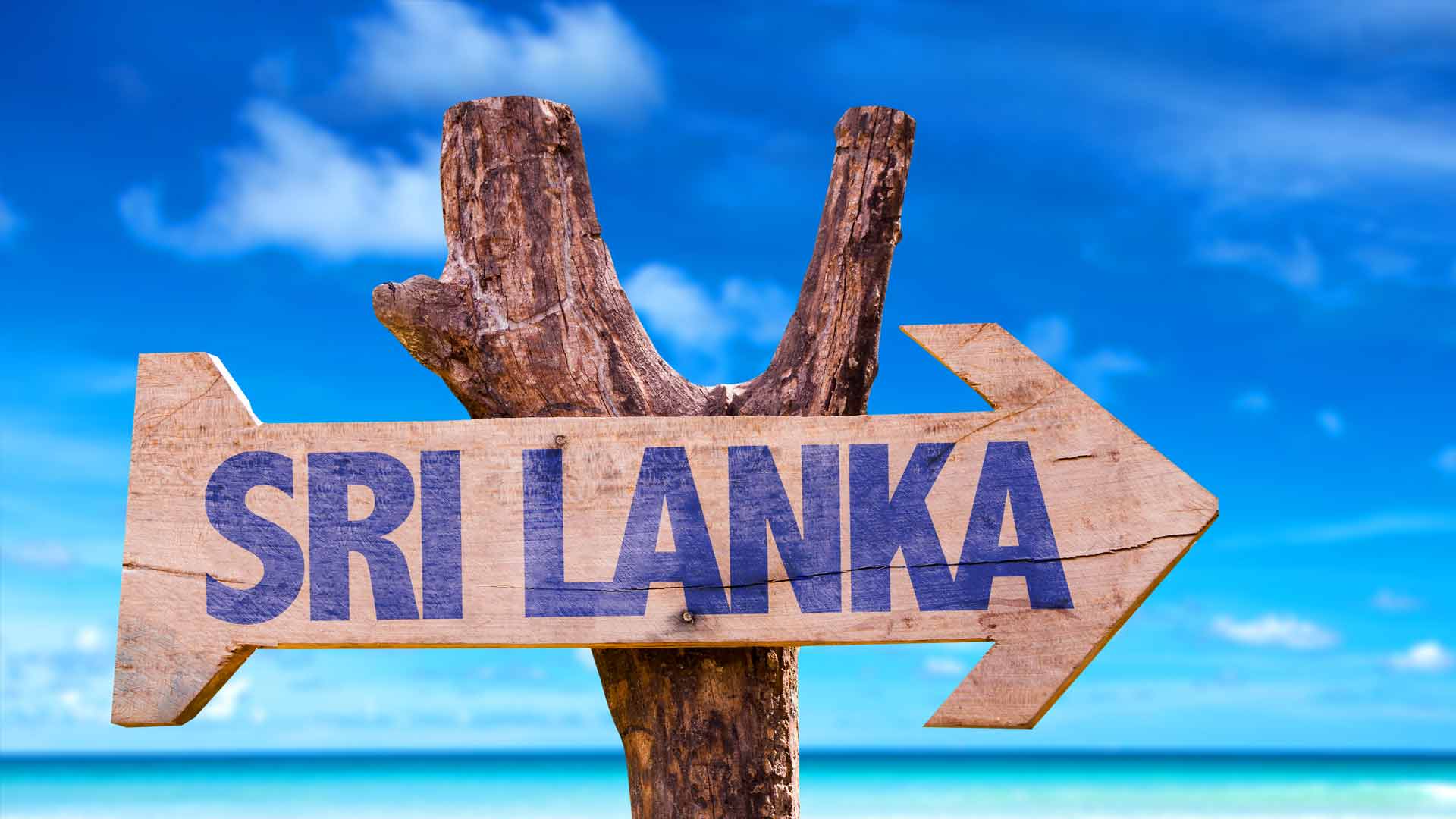Market Perspective: Sri Lanka
Episode 1- Series - Market Insights from Asia

In this webinar Joshua Gan, regional director of Asia Pacific for the EHL Group, is joined by Jerome Auvity, Director of Operations at Jetwing Hotels (EHL Alum from the class of 1988), and Chalana Perera, who works in the Hotel Real Estate Developent space (EHL Alum from the class of 2015).Today they will discuss the hospitality landscape in Sri Lanka.
What does Sri Lanka have to offer tourists?
Sri Lanka is a country rich in natural beauty. There have been developments in the country, which is very positive for the country to keep on developing, but somehow there is an authenticity about it, which we have perhaps lost in other countries or parts of the world. It's an extremely preserved country, there are huge numbers of elephants, among other animals which visitors to the country usually love to see. In terms of tourism, what's important is the variety of options you have in the country. You have something for absolutely everyone. In the central island where the tea is being grown, and we all know seven tea, right? So that's one big component of the island. But then you have the entire beach all around the island, which beside the sea and sand offers surfing, snorkeling, diving, you name it, deep sea fishing and so on. There are all the national parks to get closer to nature. Sri Lanka boasts eight national parks where tourists can see a crazy amount of birds, but more importantly, elephants, leopards, and not forgetting the whales which are visible regularly. Of course, the culture and heritage is prominent too, from the temples to the marketplace to the traditional fishing method. Lastly, the other great asset of Sri Lanka is its people. In Sri Lanka, there is really a genuine care, a genuine interest for people.
How does Sri Lanka position itself globally?
Many destinations in the world are very rich and have a lot to offer in a compact space but Sri Lanka is unique for multiple reasons. One of the reasons it's made the travel lists on Lonely Planet, CNN, Forbes, Conde Naste etc in the past few years is also its accessibility. Sri Lanka is well position geographically, it is within an eleven hour flying time from London and likewise Sydney - at most. It is halfway between China and Africa. It's on the doorstep of India and very close to the Middle East, Singapore. Globally, geographically, Sri Lanka has historically always been a strategic location for international commerce and trade. This logically makes it a very attractive destination in terms of accessibility. So getting to the island is one thing, awareness, is the challenge Sri Lanka faces as a destination today. It is competing against the likes of the seashells and the Maldives for the luxury segment, versus the likes of Thailand, Indonesia, Cambodia for the cultural elements versus the cuisine and history of India.
Sri Lanka is not yet marketed to its full potential. Post COVID, there is tremendous opportunity for wellness tourism, in the retreat space for Sri Lanka as well as in the working and living abroad segment.The country has everything that facilitates those segments already within the island. Historically, Sri Lanka used a lot of indigenous Ayurveda or Helveta Kama, which is the local medicinal practices which can be capitalized on as a lot of travelers are looking for this type of heath and welless focussed vacation. Sri Lanka's way of life is really the beauty of the country and there's tremendous value that can be created from that.
The Hospitality Labor Market like in Sri Lanka
First of all, when you talk about talent and the hospitality industry, it's a complex topic. Tourism is a huge industry, so let's take hotel operations, travel agencies, destination management companies, restaurants, catering, airlines, all the infrastructure around the core of tourism has a plethora of opportunities. Then you must pair those opportunities with who you need, what kind of expertise, what kind of people. Regardless of background, where they come from or what they speak, the most important thing is finding passionate people. It's an industry driven by passion. Everybody knows it's not the highest paying. It's quite demanding. If you talk about hotel operations with long hours, you have to work when others are on holiday, et cetera. But once you're in the business or you've got your education in hospitality management, there are so many opportunities both to join existing companies, but also for entrepreneurship and independent growth and initiation of ideas, thanks to technology and thanks to Sri Lanka being very much a part of a global market - a global landscape.
